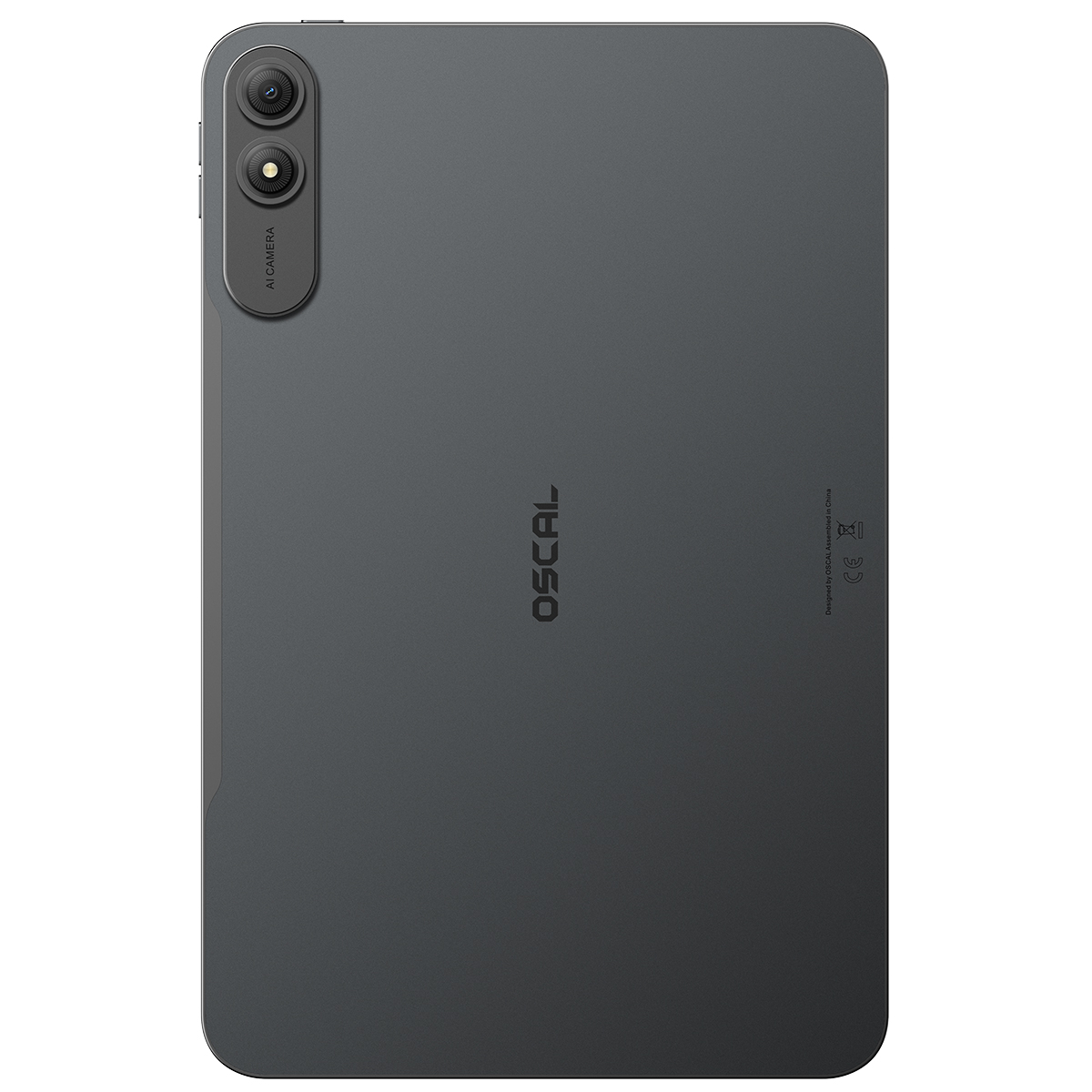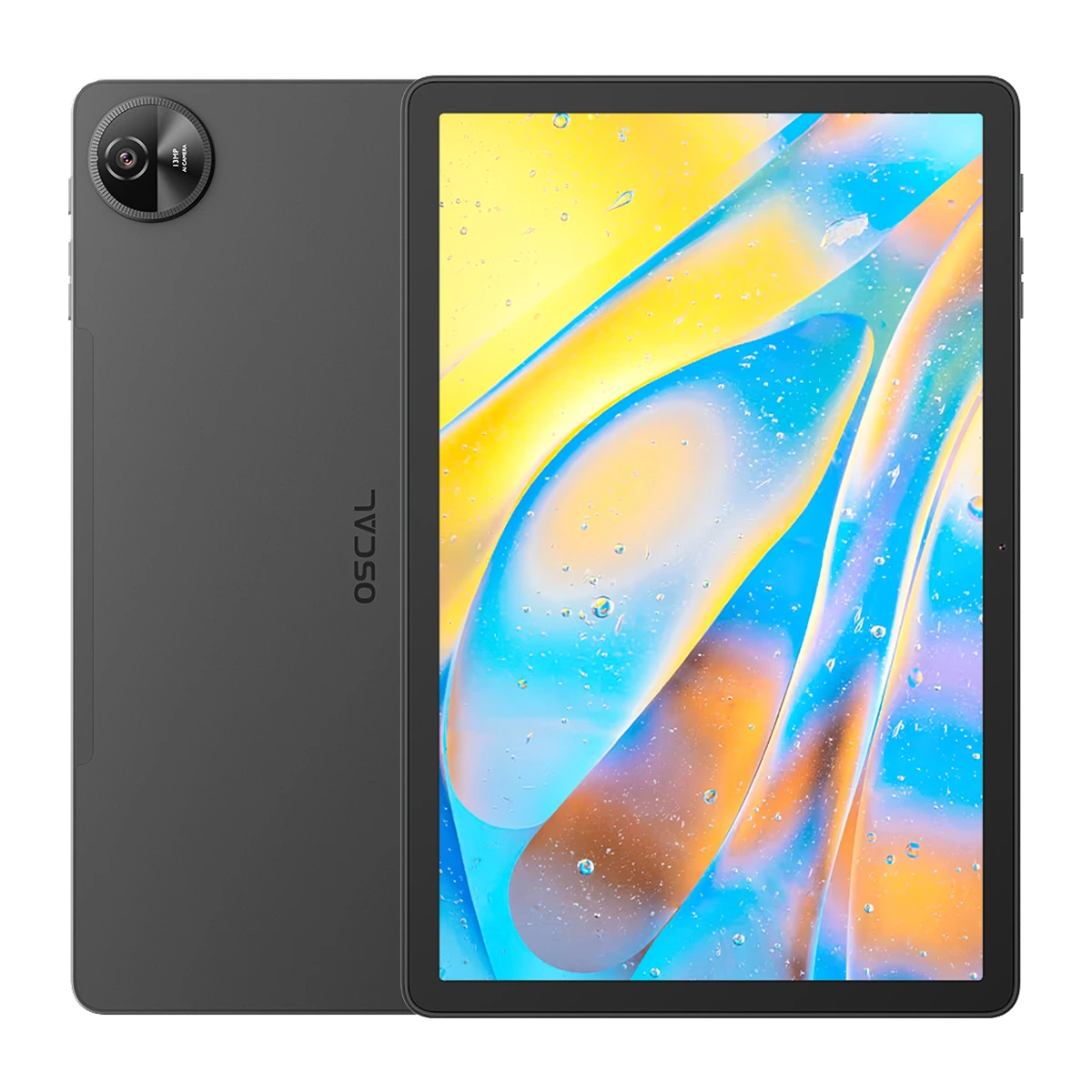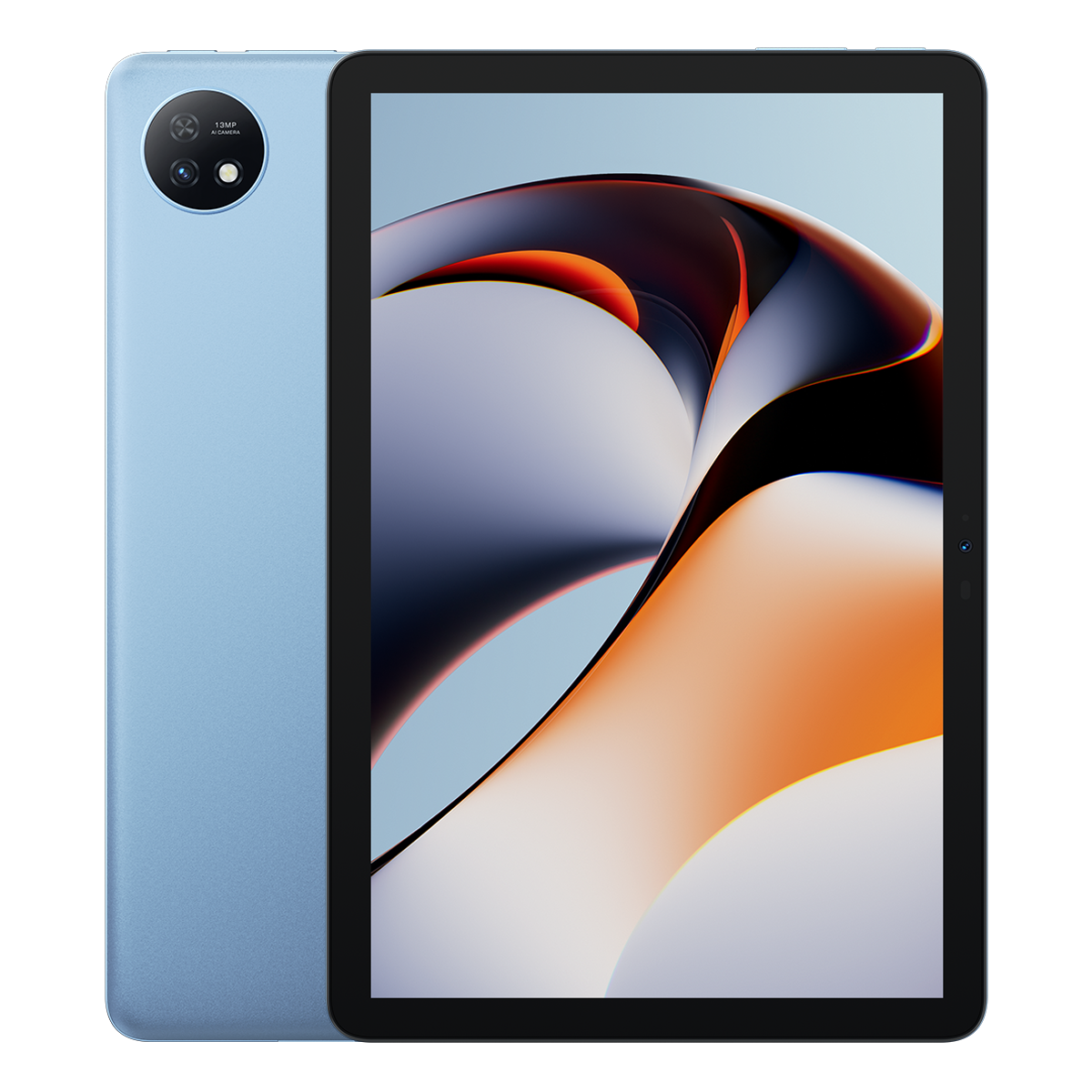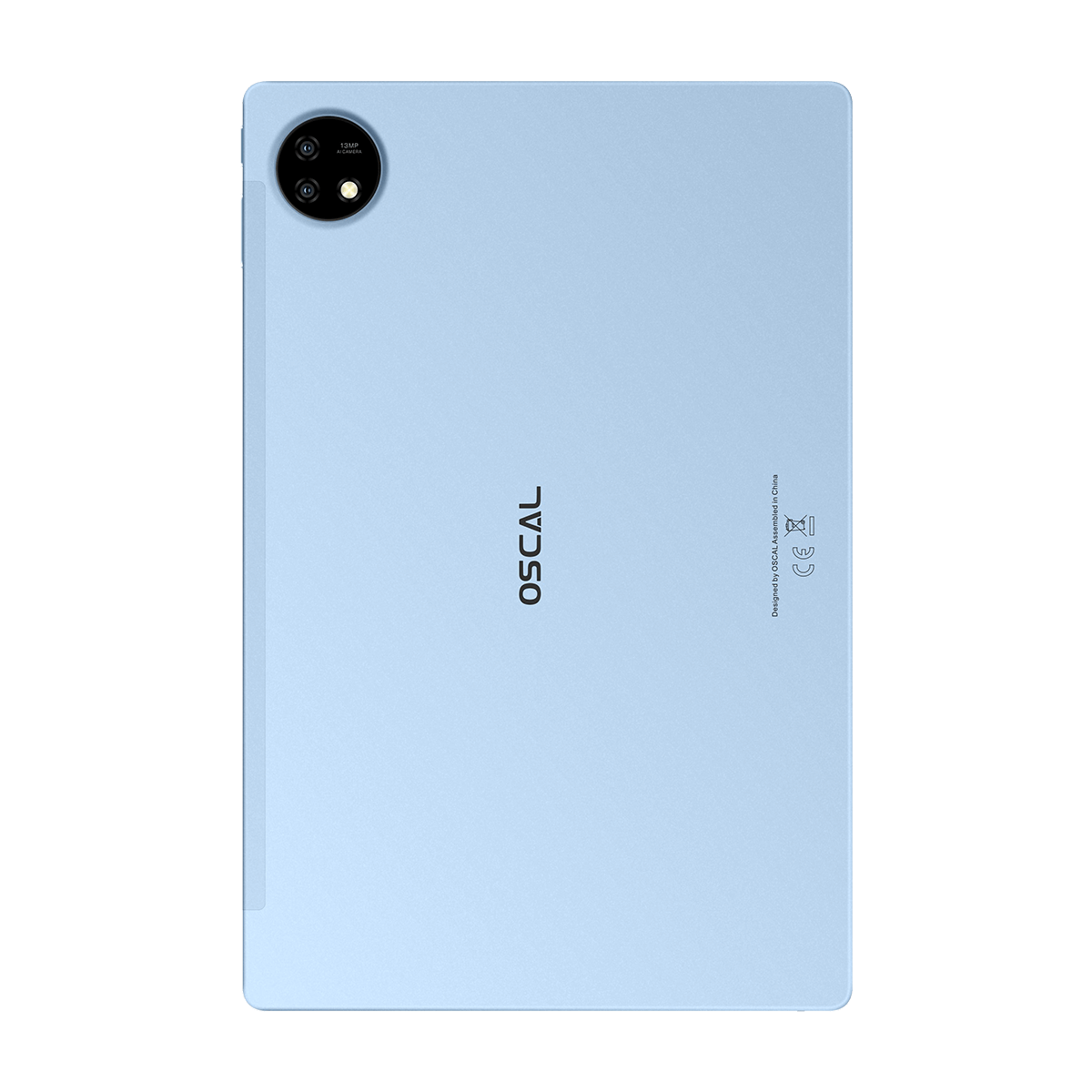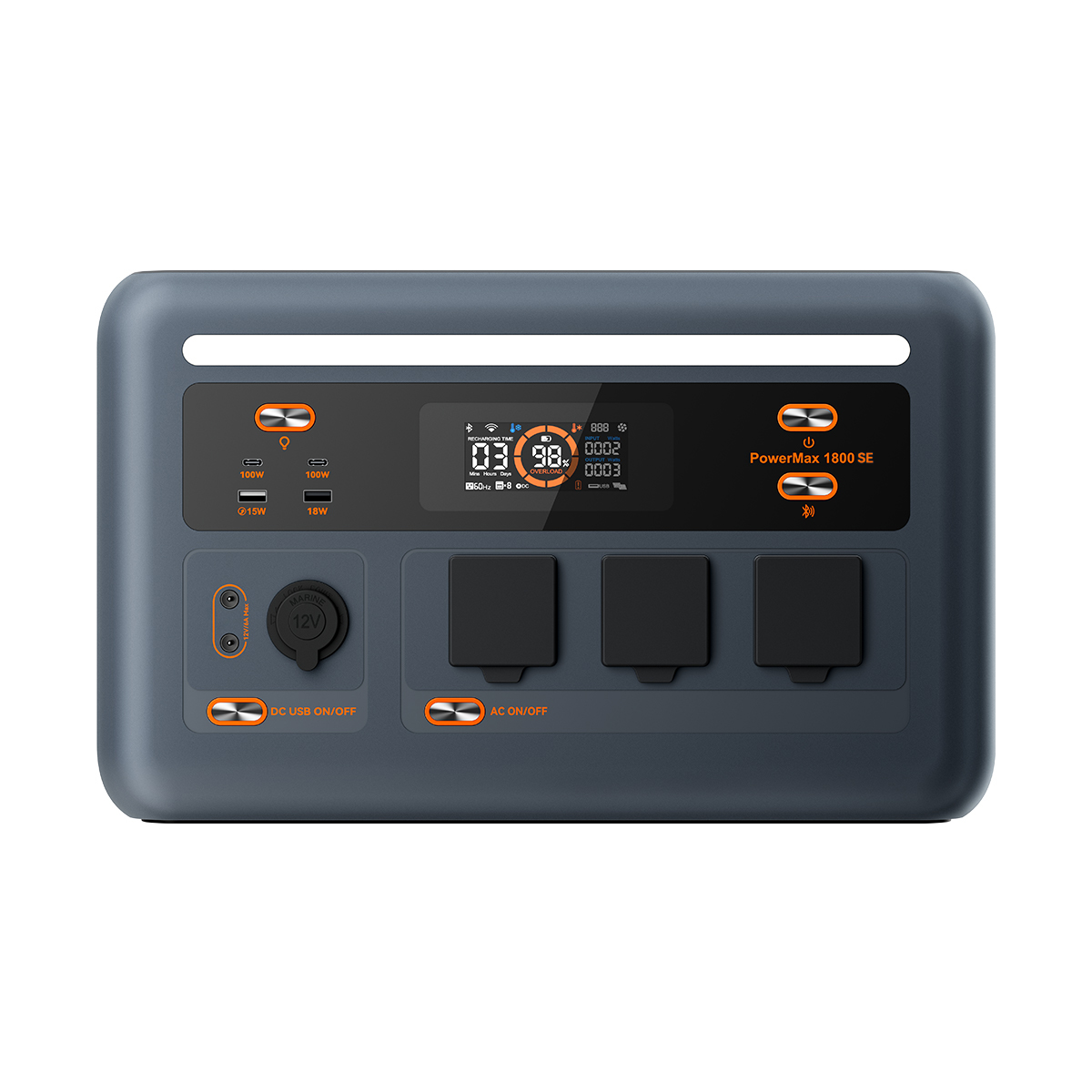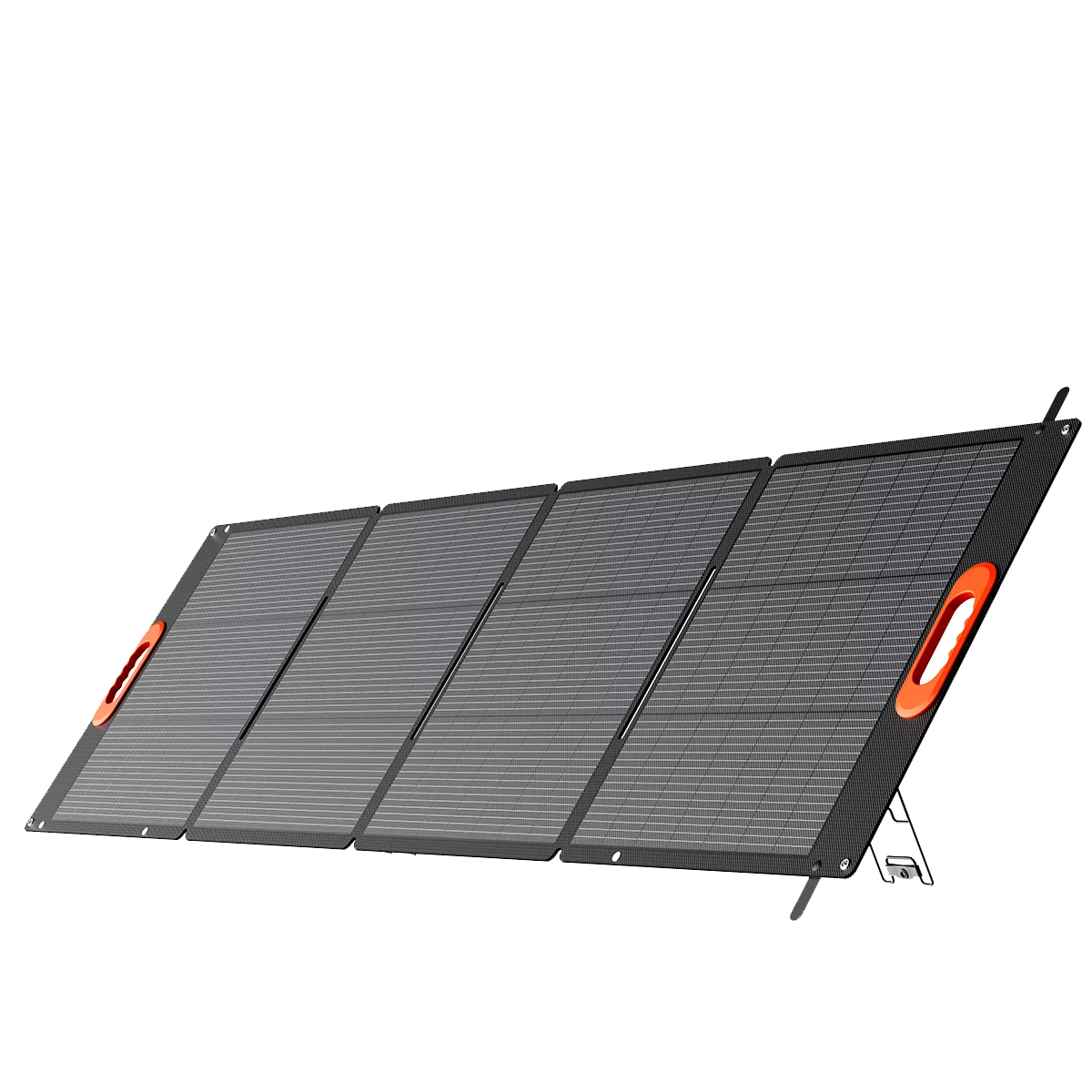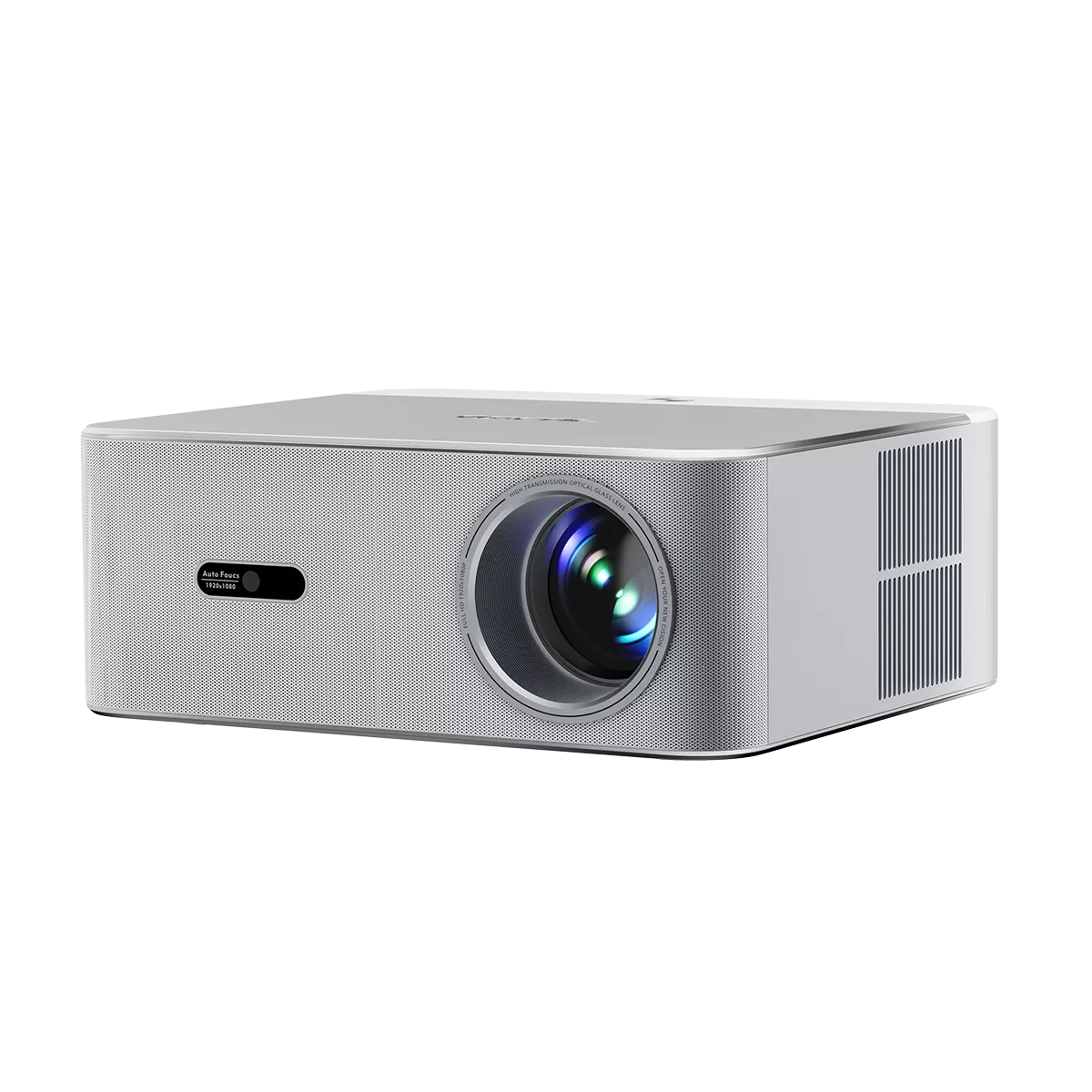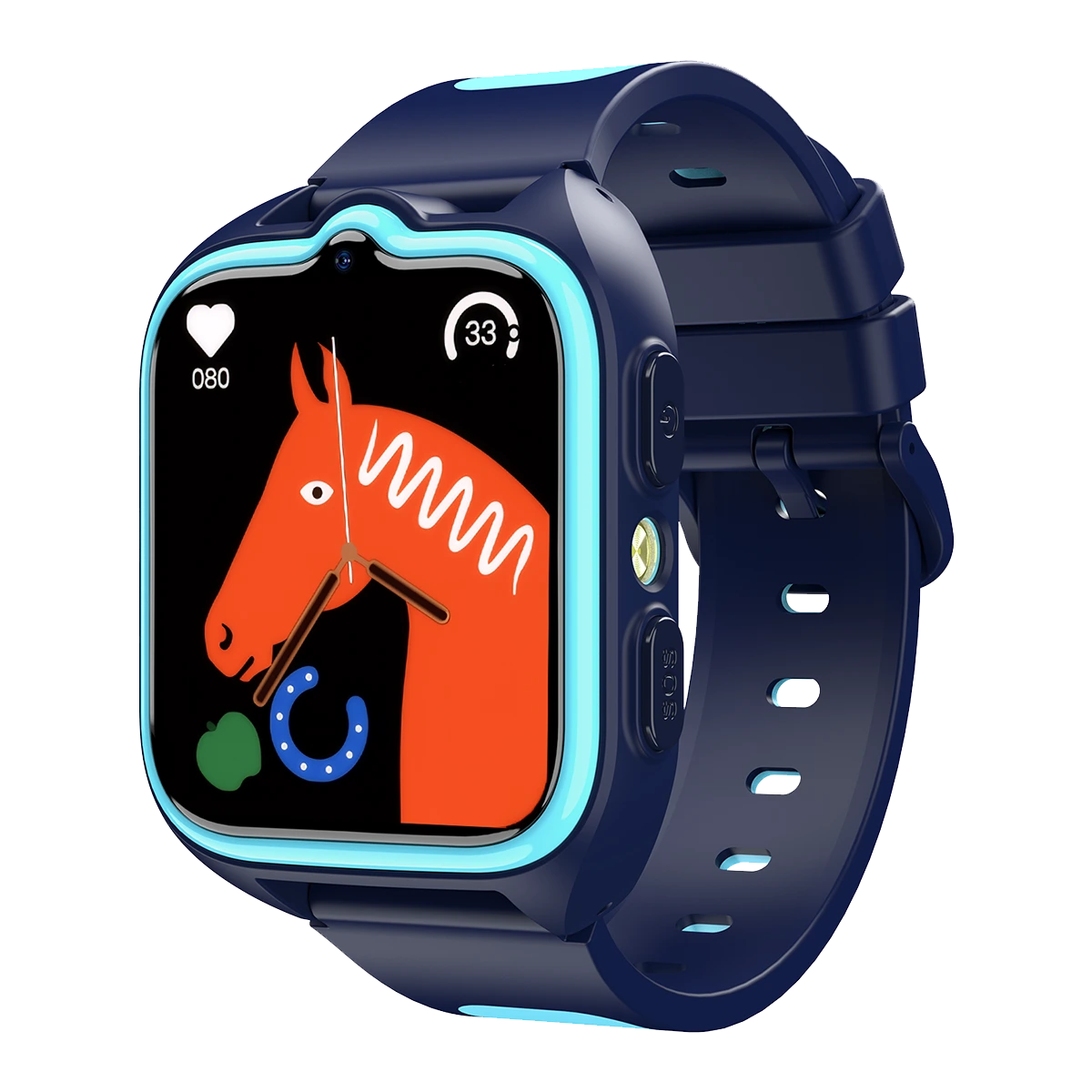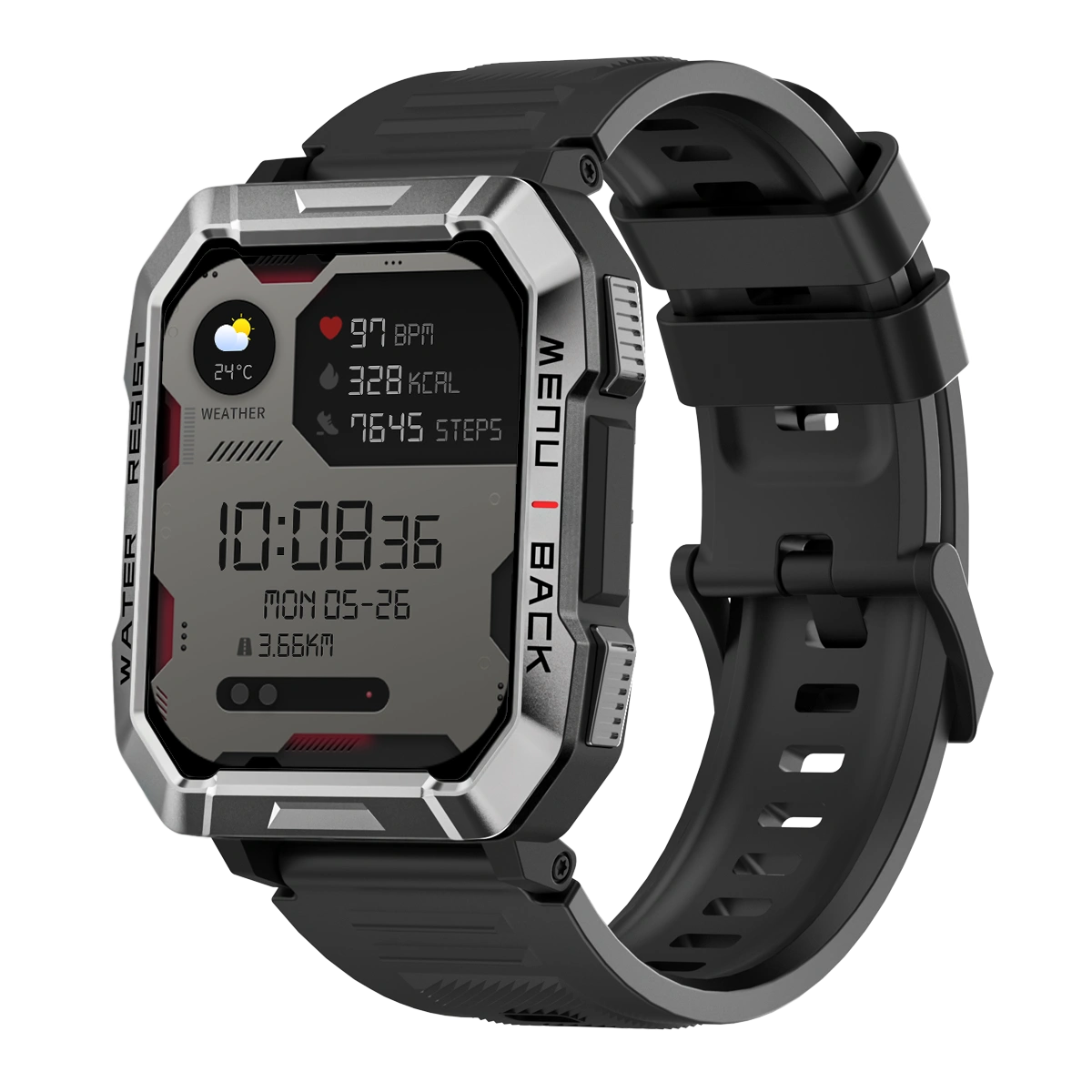Welcome to OSCAL (Well-known brand of rugged mobile phone, tablet, and portable power station) blog. Hope this guide has been helpful.
Australia's weather is famously unpredictable—from scorching Outback heatwaves to sudden coastal storms, having a reliable weather app is essential. Whether you're planning a beach day, a hike, or just your daily commute, the right app can make all the difference. But with so many options, how do you choose the best one?
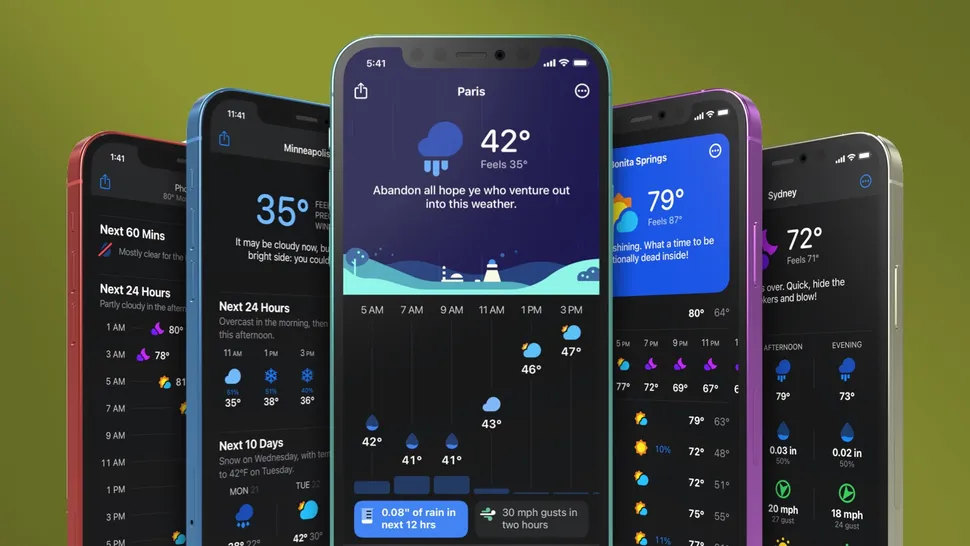
This guide compares the top weather apps for Android and iOS, evaluating accuracy, features, and usability. We’ve tested dozens of apps and narrowed them down to the best choices for Australian conditions. From hyperlocal forecasts to severe weather alerts, these apps stand out for their reliability and user experience.
Why trust our recommendations? We analyzed data sources (like BOM—Australia’s official Bureau of Meteorology), user reviews, and real-world testing. Whether you need radar maps, tide reports, or UV indexes, we’ve got you covered.
Below, we’ll break down the 6 best Android apps and 5 top iOS apps, followed by how we selected them and which one is the most accurate for Australian weather.
6 Best Australian Weather Apps for Android
1. BOM Weather
Developed by Australia’s Bureau of Meteorology (BOM), this app is the gold standard for accuracy. It pulls data directly from the government’s weather network, offering real-time updates on temperature, rainfall, and severe warnings. Ideal for farmers, travelers, and outdoor enthusiasts.
The interface is simple but lacks some advanced features like customizable widgets. However, its reliability for local forecasts (including fire danger ratings) is unmatched. Free with no ads.
Best for: Official, hyperlocal Australian weather data.

2. Weatherzone
A popular alternative to BOM, Weatherzone provides detailed forecasts, radar maps, and ski condition reports. It uses BOM data but adds a more polished UI and customizable alerts.
Premium features (like lightning tracking) require a subscription, but the free version covers basics well. Great for surfers and hikers with tide and swell info.
Best for: Outdoor activities and premium radar features.

3. WillyWeather
WillyWeather excels in niche data like tides, wind, and UV indexes. It sources from BOM and other trusted providers, making it a favorite for fishermen and beachgoers.
The app includes a clean widget and rain radar animation. Some users report occasional lag, but its specialized tools are worth it.
Best for: Coastal conditions and marine weather.
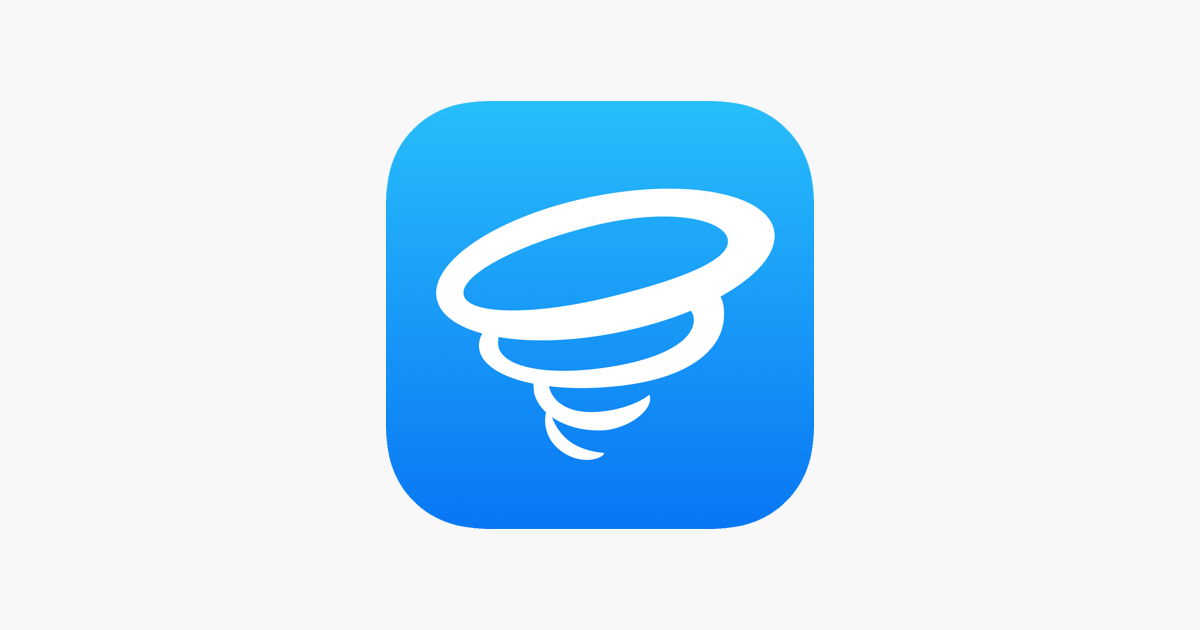
4. AccuWeather
Known for its "MinuteCast" hyperlocal predictions, AccuWeather offers global coverage with solid Australian data. Its UI is user-friendly, with hourly and 15-day forecasts.
However, it relies less on BOM and more on proprietary models, which can sometimes lag in rural areas. Ads are present in the free version.
Best for: Short-term forecasts and international travelers.
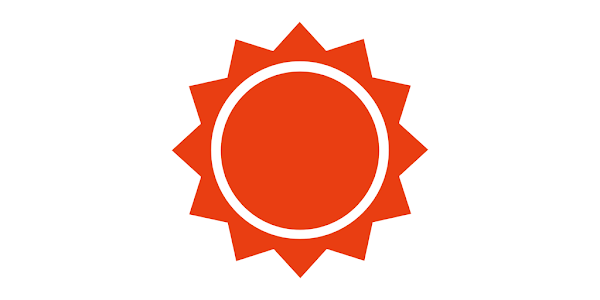
5. The Weather Channel
This app balances global and local data with slick visuals, including allergy and air quality indexes. Its "RealFeel" temperature metric accounts for humidity and wind.
Downsides include heavy ads and occasional inaccuracies in remote regions. Best for urban users who want lifestyle-focused forecasts.
Best for: City dwellers and health-related weather insights.
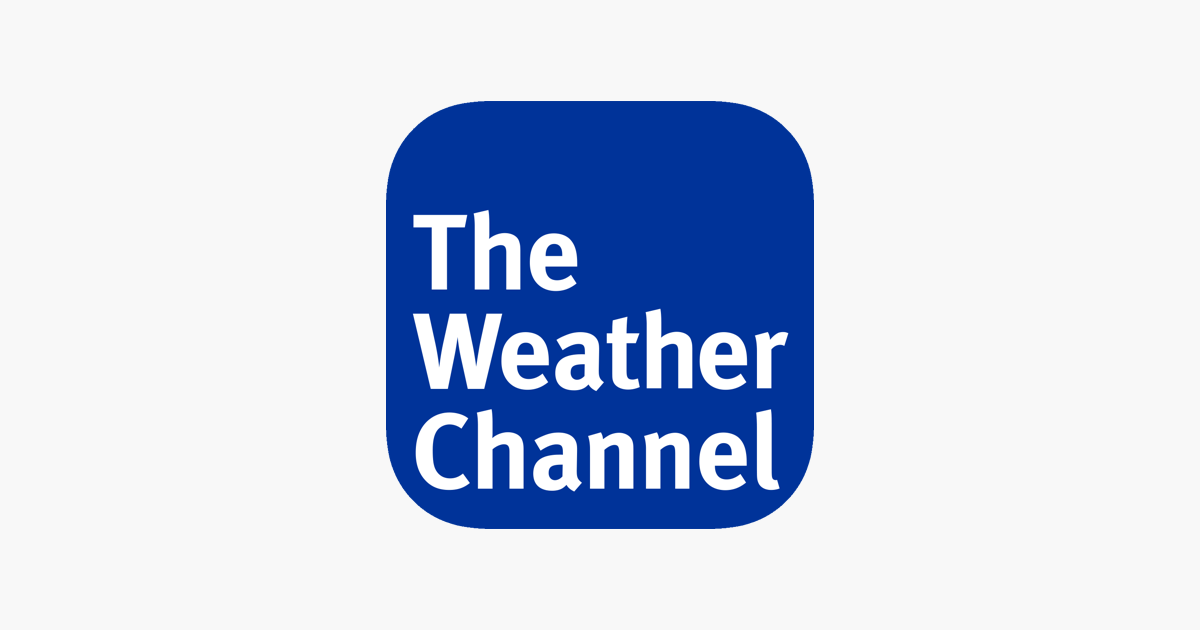
6. Windy.com
Windy specializes in wind patterns, making it a top pick for pilots, sailors, and storm chasers. Its interactive maps show real-time gusts, pressure systems, and waves.
The learning curve is steeper than other apps, but its precision for wind and aviation weather is unmatched. Free with optional premium upgrades.
Best for: Wind sports and professional use.

5 Best Australian Weather Apps for iOS
1. BOM Weather
The iOS version mirrors Android’s accuracy with BOM’s official data. It’s ad-free and includes critical alerts for bushfires, floods, and cyclones.
Lacks Apple Watch support, but its reliability for Australian conditions is unbeatable. A must-have for locals.
Best for: Trusted, no-frills forecasts.

2. Weatherzone
Weatherzone’s iOS app offers the same premium features as Android, including ski reports and advanced radar. The UI is smoother on iPhones, with better Apple integration.
Subscription unlocks historical data and extra layers (like humidity maps). Worth it for weather enthusiasts.
Best for: Skiers and data-heavy users.

3. WillyWeather
Identical to its Android counterpart, WillyWeather shines with tide times and moon phases. The iOS version runs faster and integrates well with Siri Shortcuts.
Perfect for planning fishing trips or beach outings with precise sunrise/sunset times.
Best for: Marine and outdoor activities.

4. Apple Weather (Built-in)
Apple’s default app (powered by The Weather Channel) is simple and preinstalled. It covers basics like hourly forecasts and air quality but lacks BOM’s granularity.
Best for casual users who want a clean, no-setup option. Not ideal for rural areas.
Best for: Quick checks and iOS ecosystem fans.
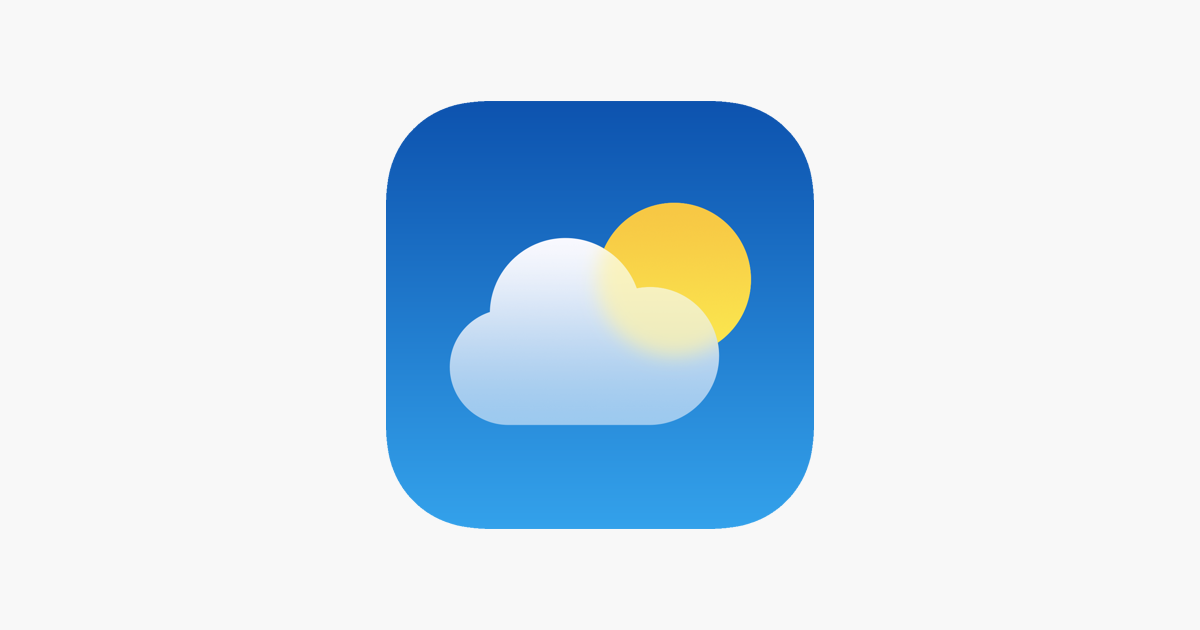
5. Carrot Weather
Carrot combines humor with robust data (sourced from Dark Sky). Its customizable UI and snarky alerts make it fun, but accuracy outside cities varies.
Premium tiers add radar and notifications. A quirky choice for those who want personality with forecasts.
Best for: Entertainment and customization.
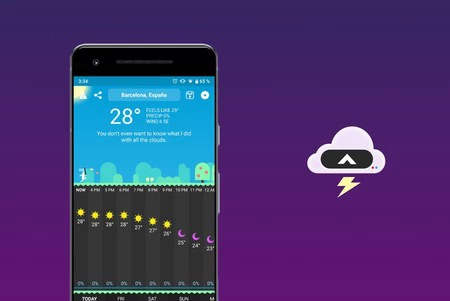
How We Chose These Apps
Australia's extreme weather demands more than generic global apps. With record-breaking heatwaves, sudden thunderstorms, and tropical cyclones affecting different regions simultaneously, having accurate local data can be a matter of safety. The Bureau of Meteorology (BOM) reports that 78% of weather-related fatalities occur when people underestimate local conditions.
After testing 18 apps across Australia's diverse climate zones for three months, we found Android users need these key features:
- BOM integration: Government-backed data updates every 6 minutes
- Bushfire alerts: Critical during summer months
- Tide/swell data: Essential for coastal communities
- UV index warnings: With Australia's harsh sun protection
Thus, we prioritized:
- Data Sources: Apps using BOM (Australia’s official meteorological service) ranked higher.
- Features: Radar, alerts, tides, and usability were key factors.
- User Reviews: We analyzed ratings on Google Play and the App Store.
- Real-World Testing: Compared forecasts against actual weather in multiple regions.
Which Weather App Is the Most Accurate?
BOM Weather wins for accuracy, as it’s the only app using direct government data. For specialized needs (e.g., wind or tides), WillyWeather and Windy.com are close seconds. iOS users should pair Apple Weather with BOM for backup.
Unique Features Worth Mentioning
- Carrot Weather: Snarky humor and secret "apocalypse mode."
- WillyWeather: Moon phase calendar for stargazers.
- Windy.com: Aviation weather layers (great for pilots).
Privacy: Do These Apps Track You?
Most weather apps require location access for accurate forecasts. Here’s how they handle data:
- BOM Weather: Minimal tracking (government-owned).
- AccuWeather/The Weather Channel: May share data with advertisers (check settings).
- Carrot Weather: Uses Dark Sky’s API (now Apple-owned, privacy-focused).
Tip: Disable "precise location" in app settings if privacy is a concern.
Offline Access
These apps allow limited offline use (saved forecasts or radar):
- BOM Weather (basic forecasts).
- Windy.com (cached maps).
- Apple Weather (requires iOS 15+).
Final Thoughts
Choosing the best weather app depends on your needs. If precision is critical, BOM Weather is unbeatable. For outdoor adventures, WillyWeather or Weatherzone add niche features.
Most apps offer free versions, so try a few to see which fits your routine. Remember, no app is perfect—always cross-check severe alerts with official sources.
Stay prepared, and never get caught in an Aussie downpour (or heatwave) unprepared!



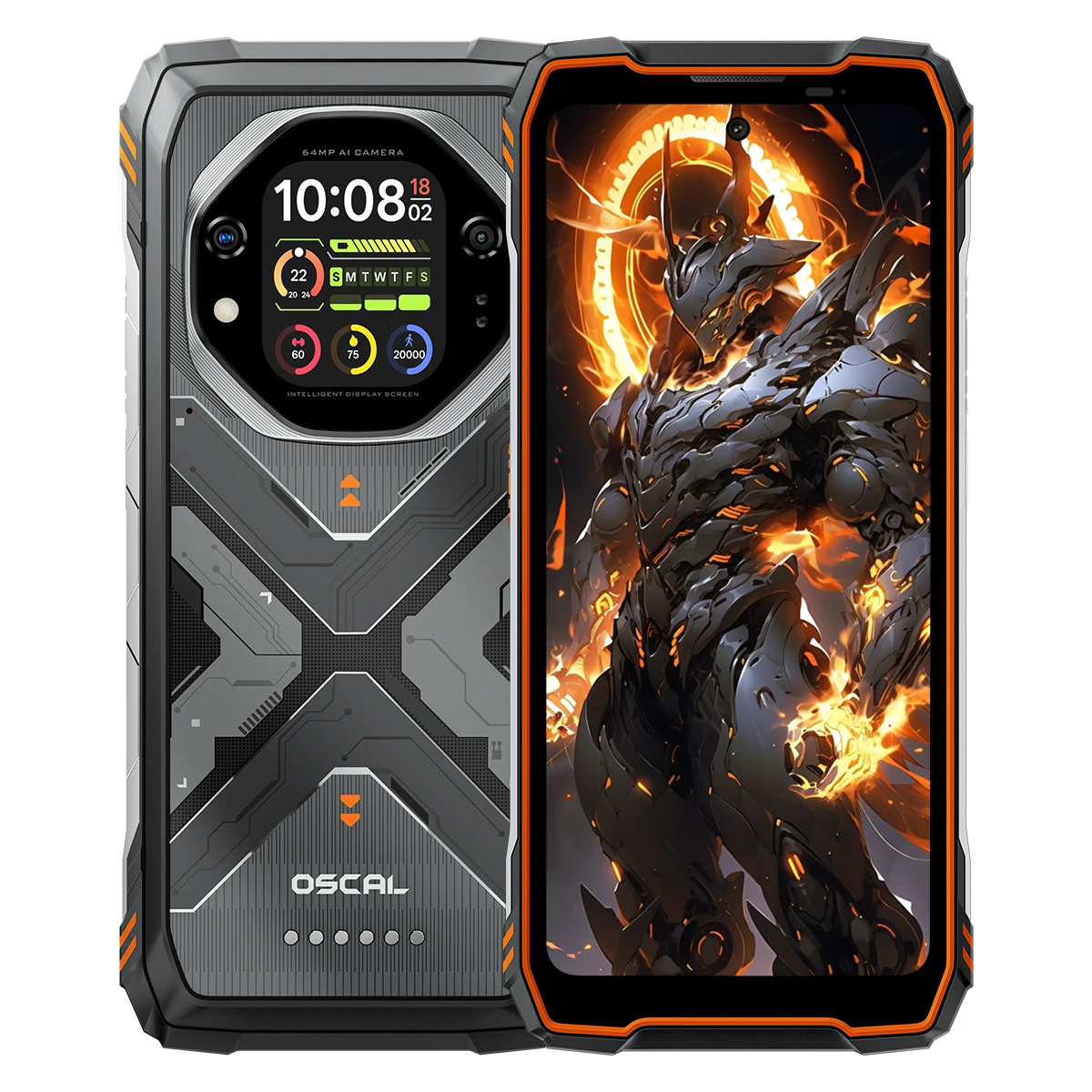
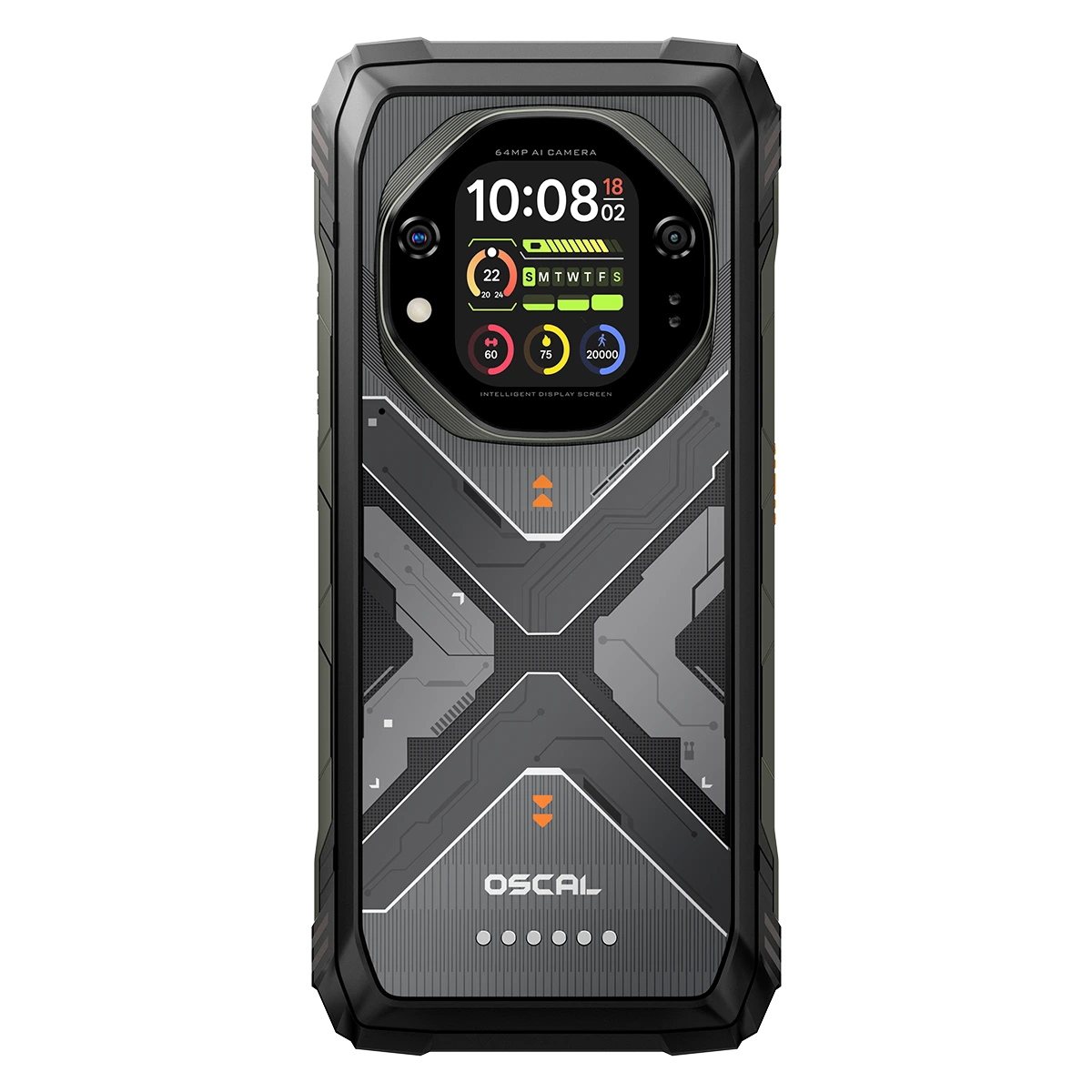











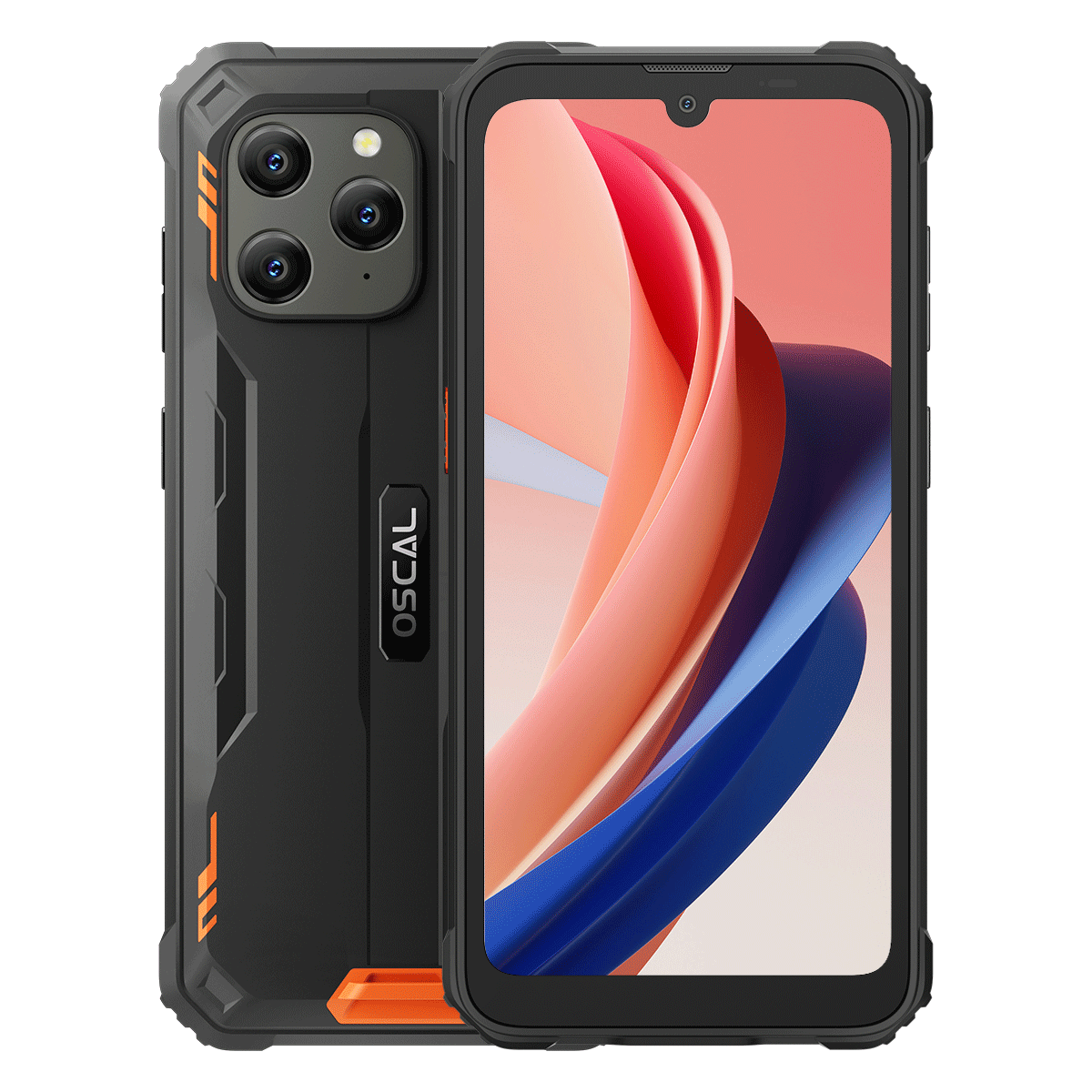

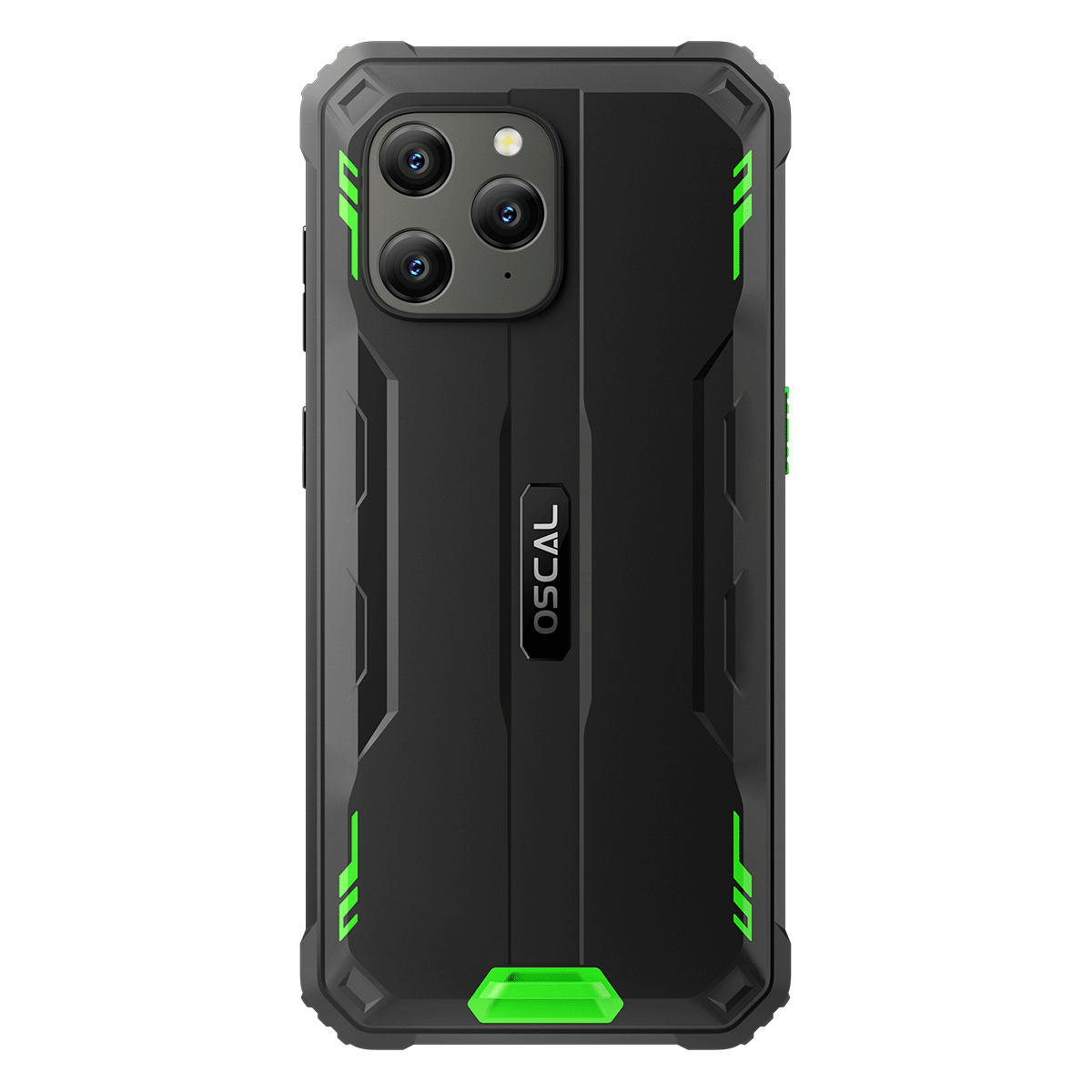












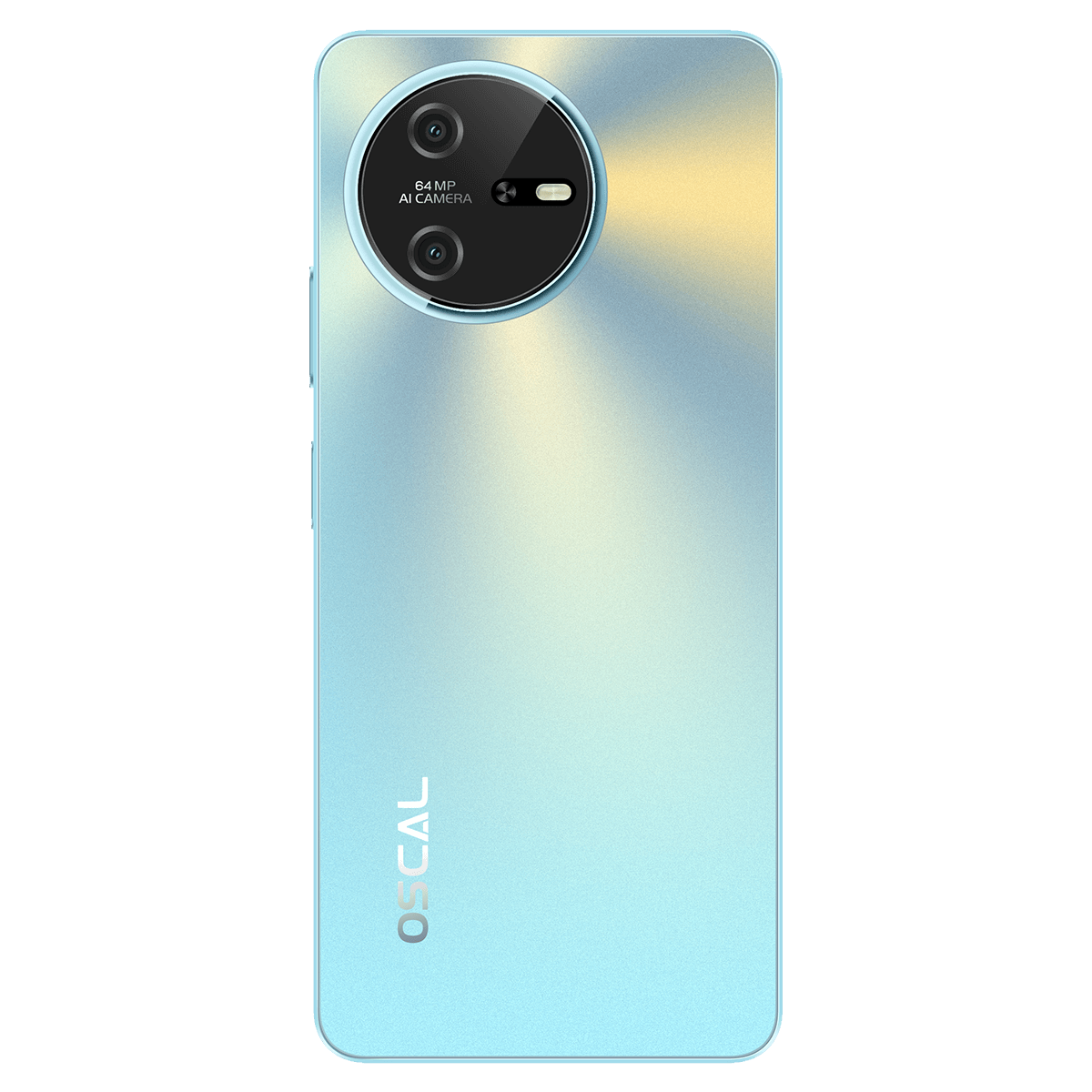
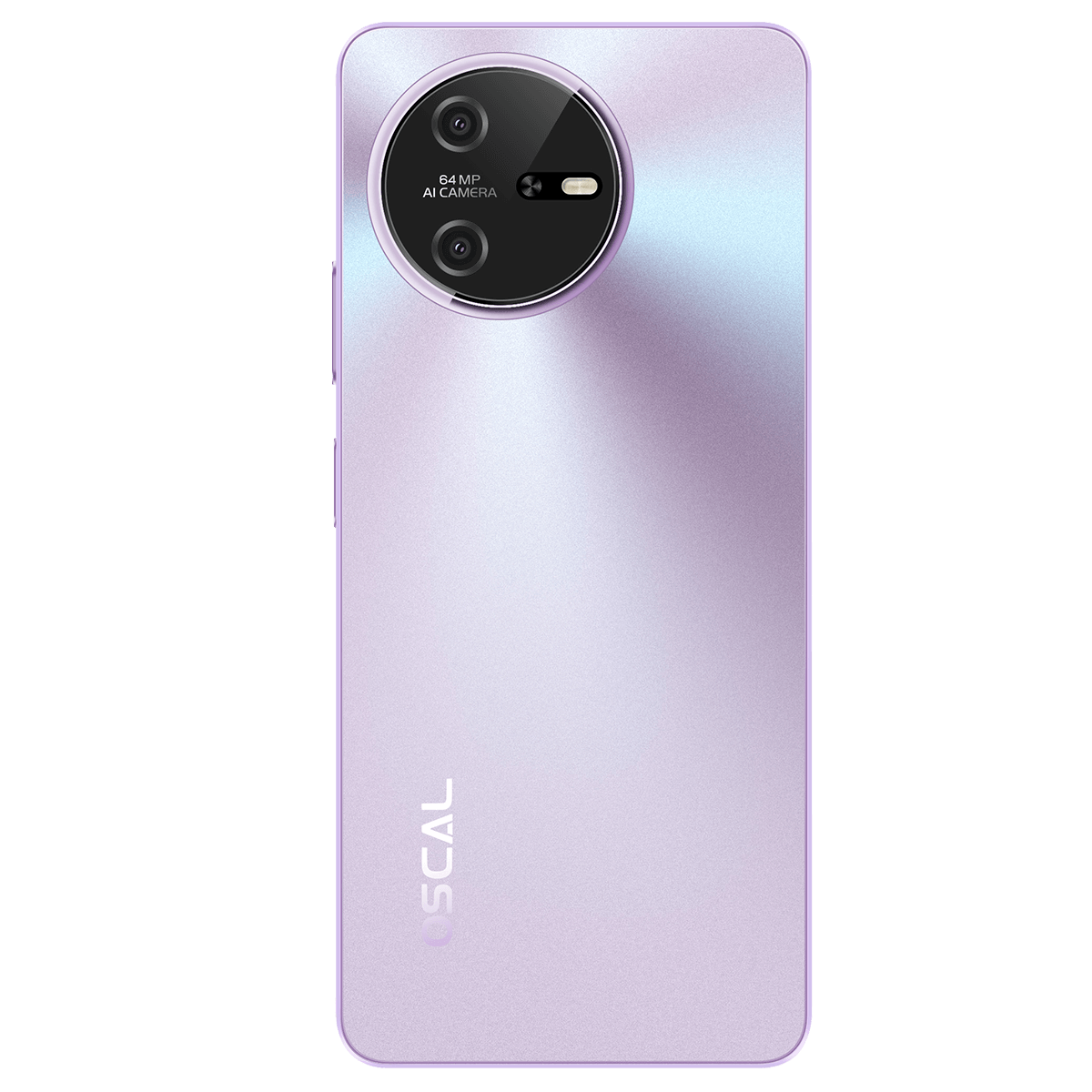


































 (1)-20251204034946188.jpg)
